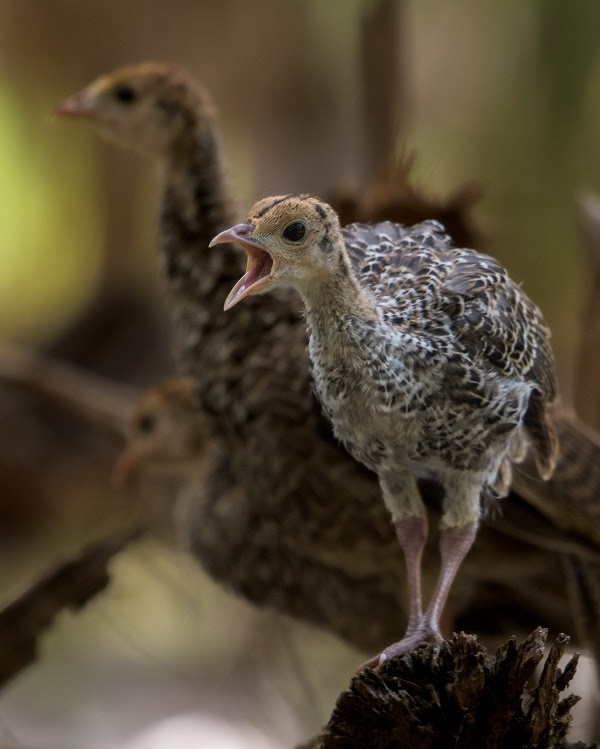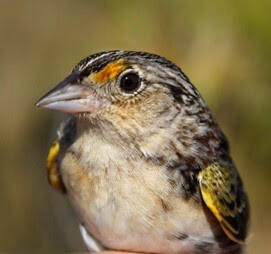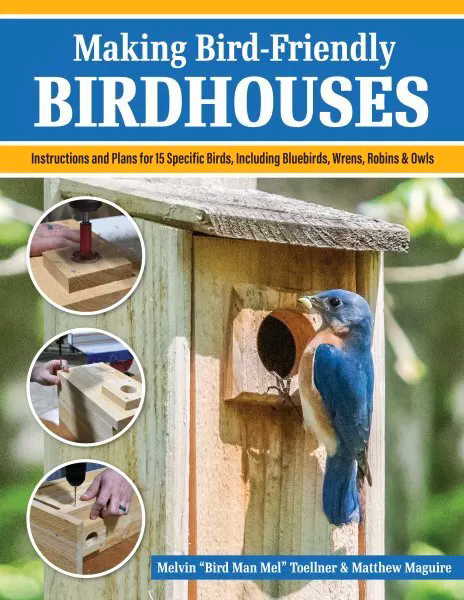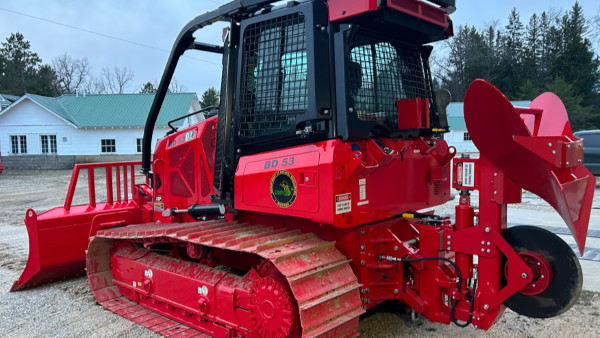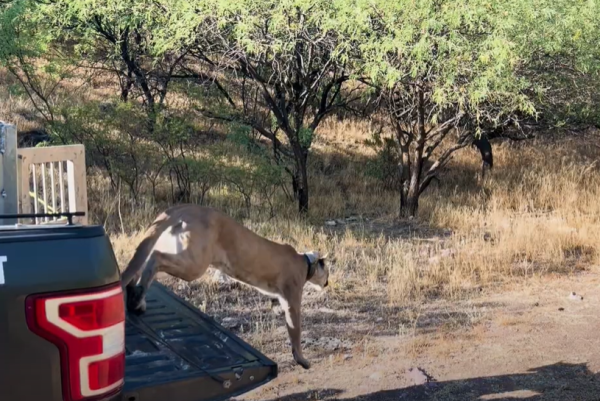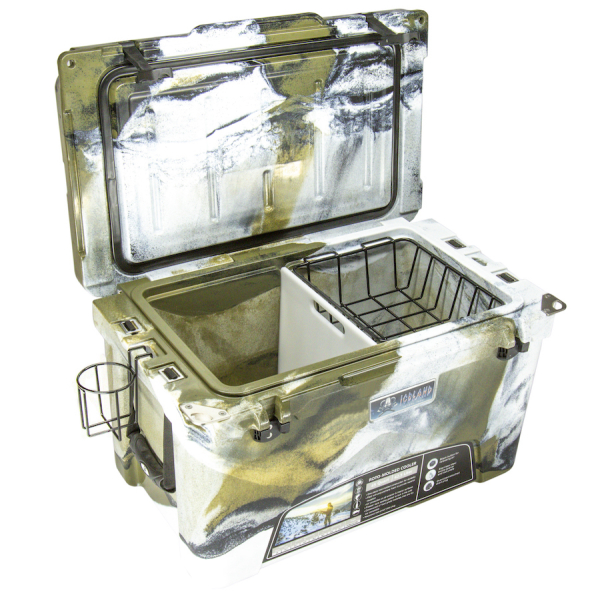Game Warden K9 Ash and Game Warden Kayle Hamilton located a missing 75-year-old man who had fallen off a ledge and had been missing for four days.
Michael Altmaier of New Sharon had not been seen since Monday, when he left his New Sharon residence and was seen driving on the Colby Miller Road in Wilton. He was headed to a scheduled meeting in Weld, but never appeared. His car was later discovered last night by Mount Blue State Park Staff at the Mount Blue State Park Scenic Overlook which is off the Center Hill Road in Weld.
The Maine Warden Service began searching this morning at daylight. At approximately 3:45 p.m., Game Warden Kayle Hamilton and K9 Ash located Altmaier along a bog approximately ¾ of a mile from where his vehicle was located. It is believed Altmaier had fallen down over a ledged embankment Monday and likely became disoriented and ended up in the area of the bog that evening where he eventually had fallen and was unable to get up.
Game Wardens, search volunteers from MASAR (Maine Association for Search and Rescue) and a paramedic were able to get to Altmaier’s location and provide initial assessment and first aid. At approximately 6:00 pm, a Maine Forest Service helicopter was able to land in the bog and transport Altmaier out to an awaiting ambulance where he was transported to a local hospital where he was admitted for observation overnight. Emergency Rescue Personnel said Altmaier was in surprisingly good condition despite spending the last 4 days laying in the area of the bog.
The Maine Warden Service was assisted in the search and rescue by Franklin County Sheriff’s Department, Maine Association for Search and Rescue, Maine Search and Rescue Dogs, Bureau of Parks and Land Staff, Maine Forest Service, NorthStar EMS, and the Weld Fire Department.



